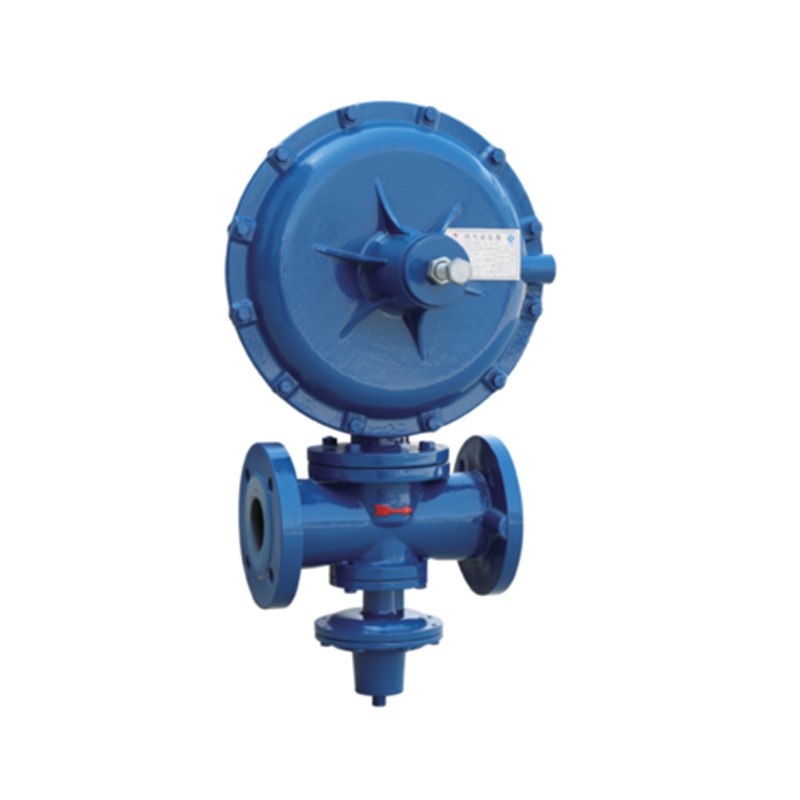
Dec . 14, 2024 10:04
Back to list
Understanding the Fundamentals of Pressure Vessel Design and Safety Considerations
Understanding Pressure Vessels Safety, Applications, and Design
Pressure vessels are specialized containers designed to hold gases or liquids at a pressure significantly different from the ambient pressure. They play a crucial role in various industries, including oil and gas, chemical manufacturing, power generation, and food processing. Given the potential hazards associated with pressurized fluids, understanding the design, safety measures, and regulatory standards for pressure vessels is essential.
The fundamental concept behind a pressure vessel is simple it must be able to withstand internal pressure without failing. Materials used in pressure vessel construction must exhibit high strength, corrosion resistance, and durability to endure the extreme conditions they may face. Common materials include carbon steel, stainless steel, and, in some cases, lined materials for specific chemical applications.
Design Considerations
Designing a pressure vessel involves several critical factors, including the intended application, operating pressure and temperature, and the nature of the contained substance. Engineers use standards set by organizations like the American Society of Mechanical Engineers (ASME) to ensure that pressure vessels are designed safely. These standards detail material specifications, fabrication processes, and testing requirements.
The design process also involves selecting the type of pressure vessel configuration—cylindrical, spherical, or conical—each with its own benefits in terms of material efficiency and pressure distribution. Properly engineered, these shapes help to minimize stress concentrations, which can lead to failure. Additionally, risk assessment methods such as Failure Mode and Effects Analysis (FMEA) are implemented to identify potential hazards before they occur.
Safety Measures and Regulations
pressure vessel

The safety of a pressure vessel is paramount. Failures can lead to catastrophic events, including explosions or leaks. To mitigate such risks, various safety measures are implemented, including pressure relief valves, rupture discs, and automatic shutdown systems. These devices help manage excess pressure and ensure that the vessel operates within its design limits.
Regulatory compliance is also crucial. In many countries, pressure vessels must adhere to specific codes such as the ASME Boiler and Pressure Vessel Code. This ensures that manufacturers follow recognized safety practices and that their products are inspected and certified before operation. Regular maintenance and inspections throughout the vessel's life cycle are also essential to detect signs of wear, corrosion, or other failures that may compromise safety.
Applications of Pressure Vessels
Pressure vessels are employed across a wide array of applications. In the oil and gas industry, they are used to store natural gas and other petroleum products under pressure. In chemical processing, pressure vessels facilitate reactions that require controlled environments, such as reactors or distillation columns. The food industry utilizes pressure vessels in processes like sterilization and pasteurization to ensure product safety and longevity.
Additionally, pressure vessels are integral to the power generation sector, often functioning as components in steam generators, nuclear reactors, and other energy-related applications. Their versatility and critical role across such various sectors underline the importance of robust design, regulatory adherence, and effective maintenance.
Conclusion
In conclusion, pressure vessels are essential components of numerous industrial processes, providing safe containment for pressurized substances. Their design, safety, and regulatory framework are crucial for preventing accidents and ensuring operational efficiency. As industries continue to evolve and innovate, ongoing research and development in pressure vessel technology will enhance safety and performance, contributing to safer working environments and more efficient processes. Understanding these principles is vital for engineers, safety professionals, and operators alike in safeguarding the integrity of operations reliant on these indispensable vessels.
Latest news
-
Safety Valve Spring-Loaded Design Overpressure ProtectionNewsJul.25,2025
-
Precision Voltage Regulator AC5 Accuracy Grade PerformanceNewsJul.25,2025
-
Natural Gas Pressure Regulating Skid Industrial Pipeline ApplicationsNewsJul.25,2025
-
Natural Gas Filter Stainless Steel Mesh Element DesignNewsJul.25,2025
-
Gas Pressure Regulator Valve Direct-Acting Spring-Loaded DesignNewsJul.25,2025
-
Decompression Equipment Multi-Stage Heat Exchange System DesignNewsJul.25,2025

